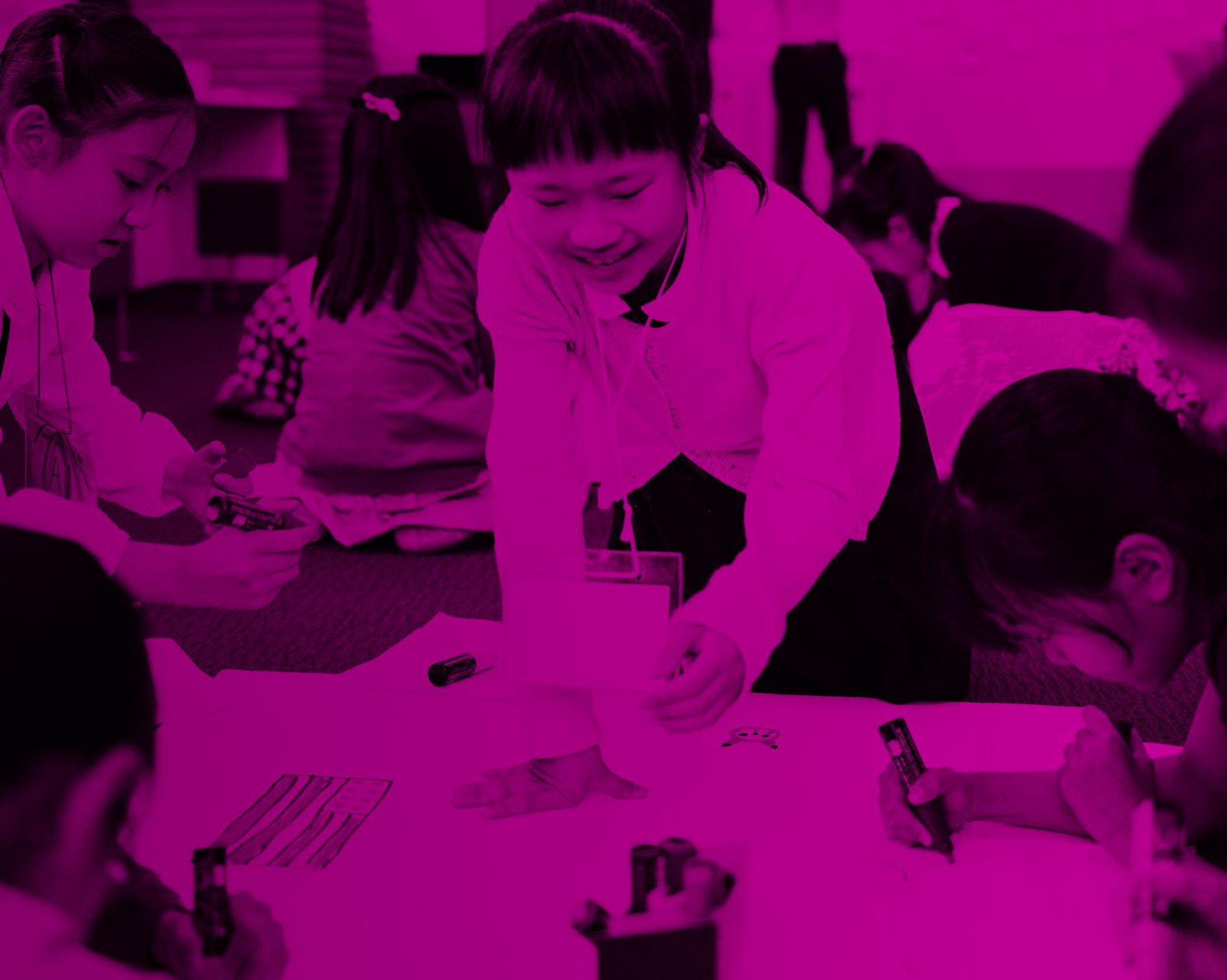Our teachers independently felt the need to incorporate mindfulness and coping strategies into their individual classroom in order to help build a healthy class environment.
This innovation is a 6 week transdisciplinary unit, Who We Are. During these 6 week, students are engaging in learning activities to help them discover: what makes them feel stressed, how they can cope with stresses in positive ways, how they can care for themselves and others, the ways their individual body systems respond to stress, and conflict resolution. Students read books and do research to help them build their background knowledge on mindfulness and stress. Students create and perform skits to act out different stressful scenarios and resolutions. Students reflect on their learning and how it has changed their lives.
The effects of this teaching can be seen in fewer conflicts and behavioral issues in our school population.
Consider making time and space in your curriculum to teach mindfulness, and stress coping. This can be done in any school. In International Baccalaureate schools, the Who We Are Unit has been a natural fit for this teaching and learning.



